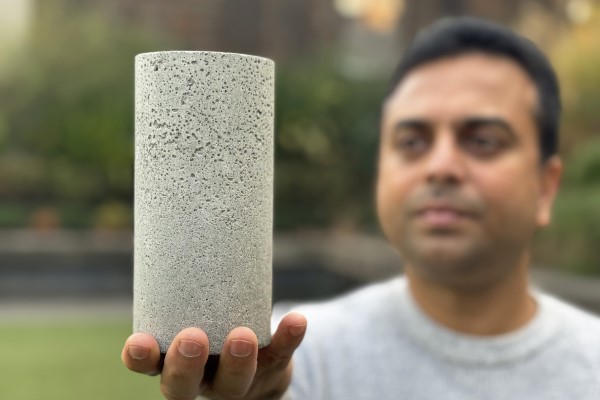Low-carbon concrete model reveals doubled coal ash recycling

Latest modelling reveals that low-carbon concrete developed at RMIT University can recycle double the amount of coal ash compared to current standards, halve the amount of cement required and perform exceptionally well over time.
More than 1.2 billion tonnes of coal ash were produced by coal-fired power plants in 2022. In Australia, it accounts for nearly a fifth of all waste and will remain abundant for decades to come, even as we shift to renewables.
Engineers at RMIT have partnered with AGL’s Loy Yang Power Station and the Ash Development Association of Australia to substitute 80% of the cement in concrete with coal fly ash. Comprehensive lab studies shown the team’s approach is also capable of harvesting and repurposing lower grade and underutilised ‘pond ash’, taken from coal slurry storage ponds at power plants, with minimal pre-processing.
A pilot computer modelling program developed by RMIT in partnership with Hokkaido University’ Dr Yogarajah Elakneswaran has now been used to forecast the time-dependent performance of the concrete mixtures.
“It’s exciting that preliminary results show similar performance with lower-grade pond ash, potentially opening a whole new hugely underutilised resource for cement replacement,” RMIT project lead Dr Chamila Gunasekara says.
“Compared to fly ash, pond ash is underexploited in construction due to its different characteristics. There are hundreds of megatonnes of ash wastes sitting in dams around Australia and much more globally.”
The recent modelling, unveiled in the journal Cement and Concrete Research, reveals how various ingredients in the new low-carbon concrete interact over time and marks a crucial stride towards digitally assisted simulation in infrastructure design and construction.
By leveraging this technology, the team aims to instil confidence among local councils and communities in adopting novel low-carbon concrete for various applications.
